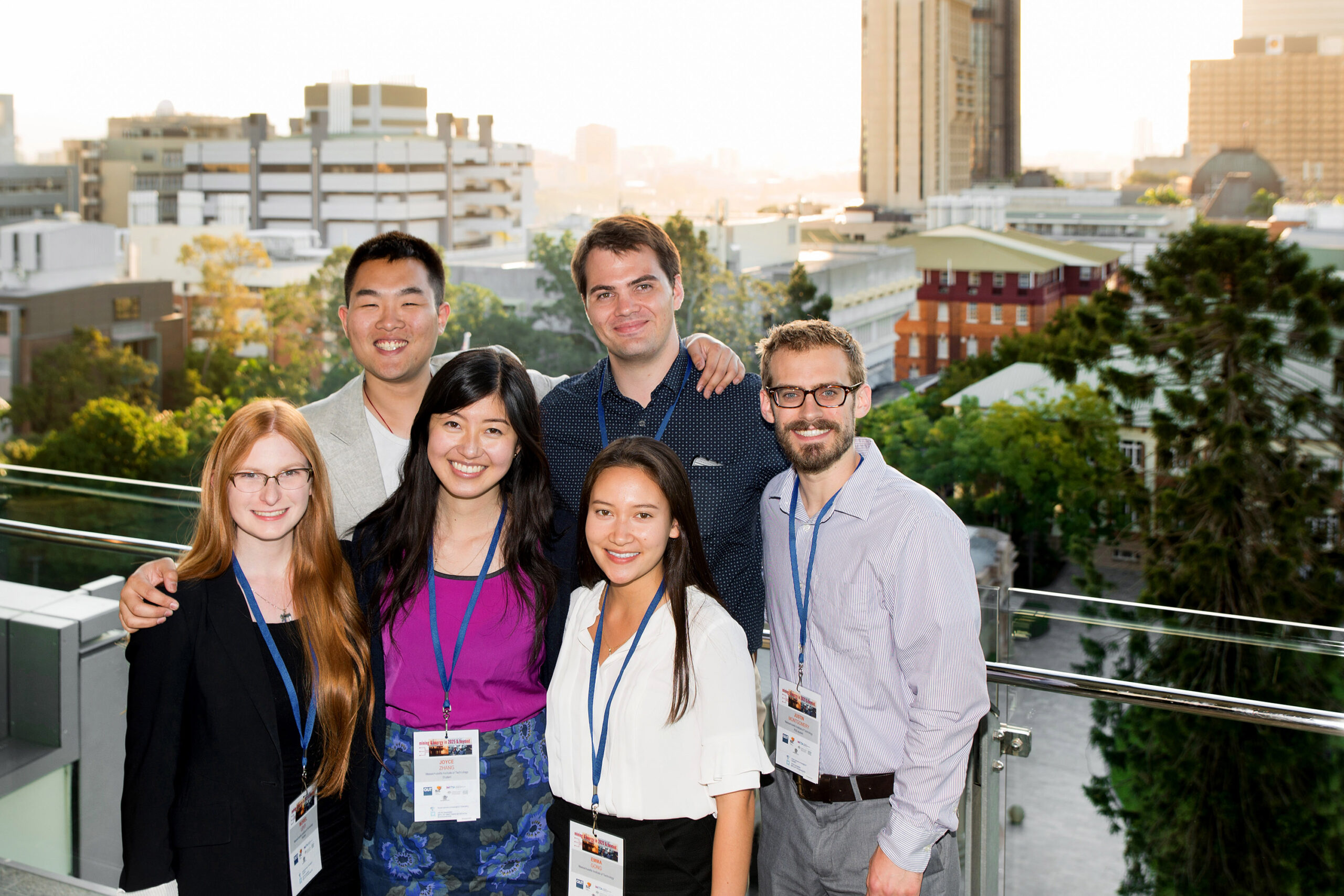
As the world shifts towards the use of more renewable energy, demand for minerals used in the construction of renewable energy technologies will only increase. Recently, a group of students from the MIT Mining, Oil, and Gas Club traveled to Brisbane to learn more about how this shift will affect Australia in particular. Australia is one of the world’s largest producers of many mineral products, including aluminum, copper, gold, iron, mineral sands, zinc and coal (both thermal and metallurgical), many of which play a critical role in renewable technologies. The group visited mineral mines as well as sites where they learned about the global economic importance of Australia’s other energy-related natural resources and their potential for environmental sustainability.
The trip, lasting twelve days, was one of the club’s semi-annual “Natural Resource Trips” – immersive experiences where students observe how the mining, oil, and gas industries operate in locations across the globe. On this trip, the group spent time exploring the Australian state of Queensland and learning about its natural resources, from minerals to coal seam gas and liquefied natural gas. They visited an open-cut, metallurgical coal mine and participated in research symposiums at Queensland University of Technology, University of Queensland, and the Commonwealth Scientific and Industrial Research Organization (CSIRO).
Justin Montgomery, a PhD student in Civil and Environmental Engineering and MITEI research fellow, coordinated the trip for the Mining, Oil and Gas club. “The trip was a really unique and fantastic opportunity for students to learn firsthand about the natural resources sector in Queensland, Australia and make connections with industry and researchers there,” Montgomery says.
At the coal mine, the students – undergraduates Moriel Levy, Joyce Zhang, and Emma Gong, and graduates Dixia Fan, Justin Montgomery, and Jeremy Rautenbach – learned firsthand about the technology used to operate the mine. They also interacted extensively with researchers working on technology for extractive industries, including at the Queensland University of Technology, where they participated in a symposium and helped to administer a hackathon, and at the University of Queensland, where they participated in a research exchange. Some of the key topics at the exchange were sustainability and social and community responsibility in mining, oil and gas.
“The global shift to a greater reliance on low-carbon energy is only going to increase the demand for many of these mineral resources,” Montgomery says. “It was clear from the symposium, hackathon challenges, and mine site visit that technology is going to have to play a key role in meeting all of these challenges.”
This trip was funded in part by MIT International Science and Technology Initiatives (MISTI), and partly through the MIT Mining, Oil, and Gas club’s support from BHP Billiton and Chevron.